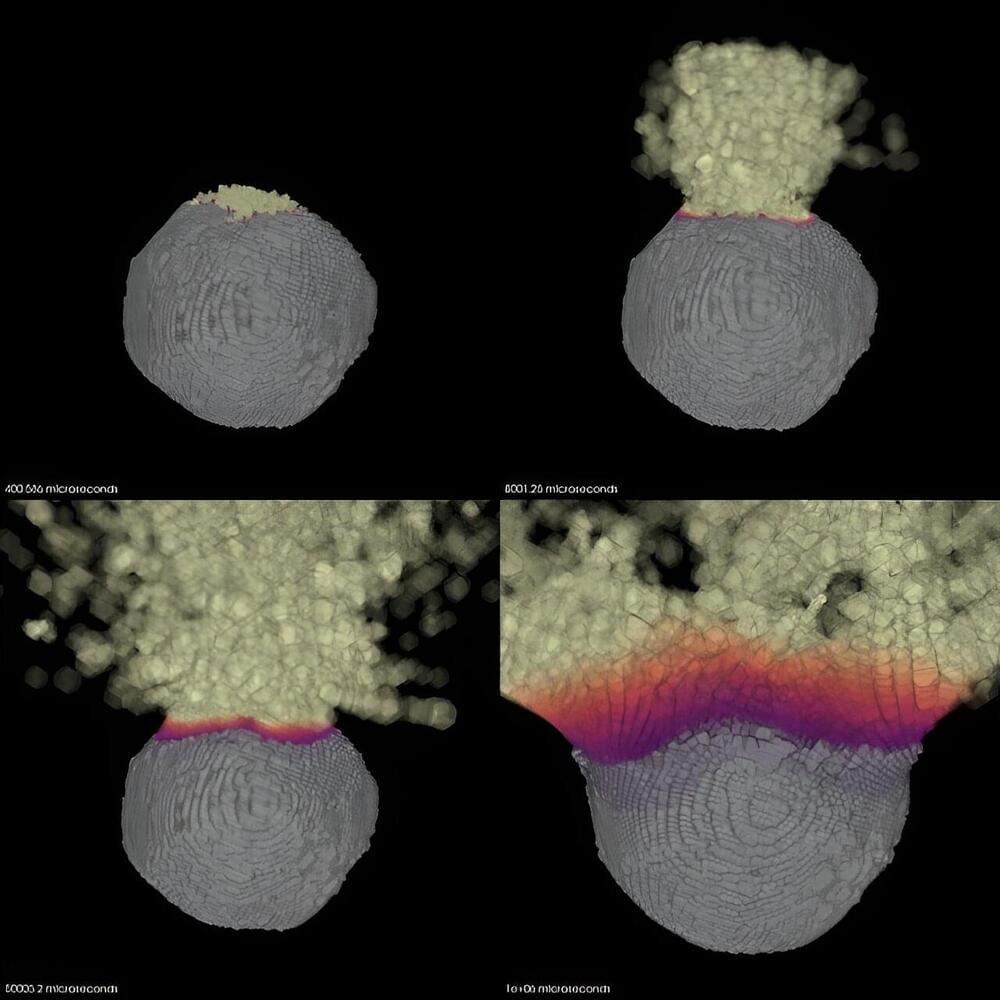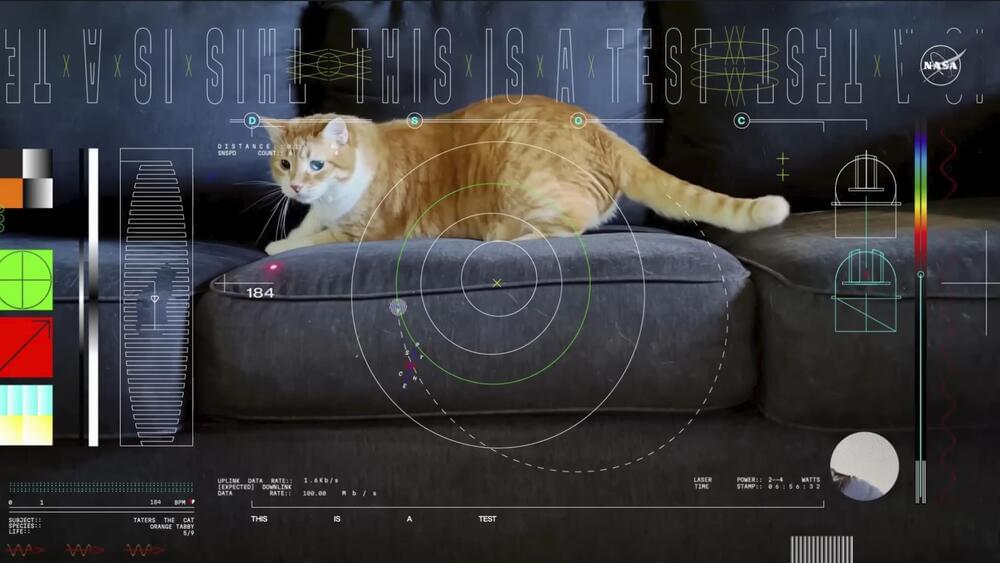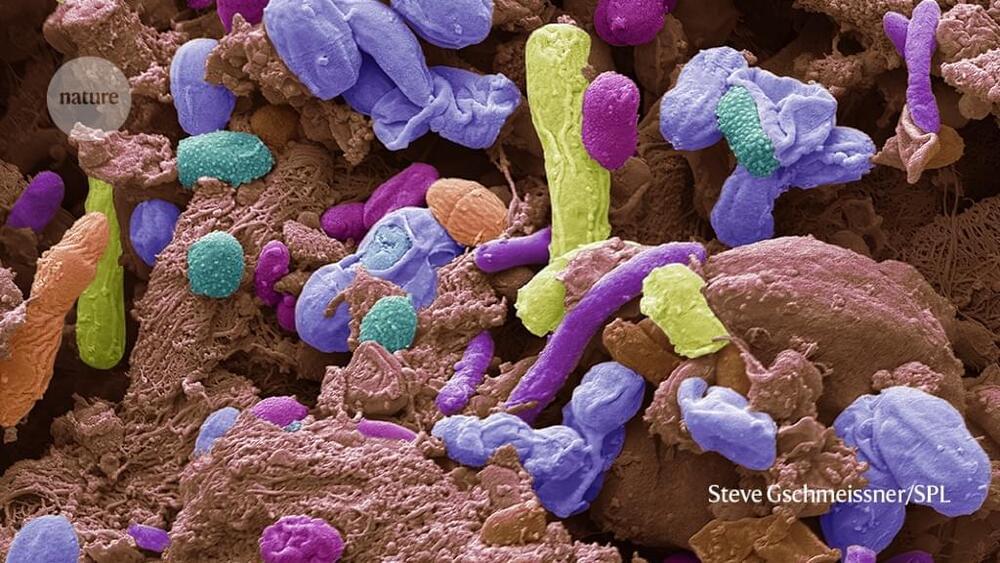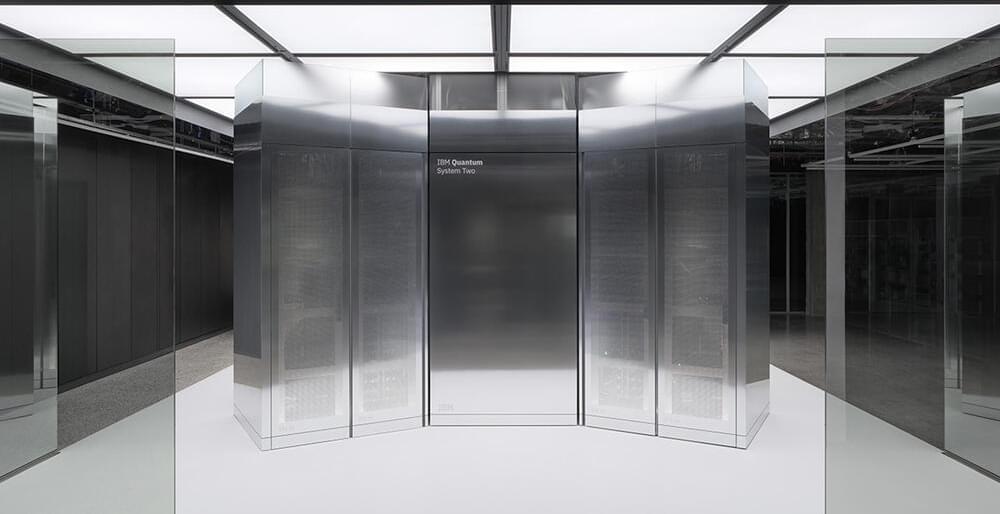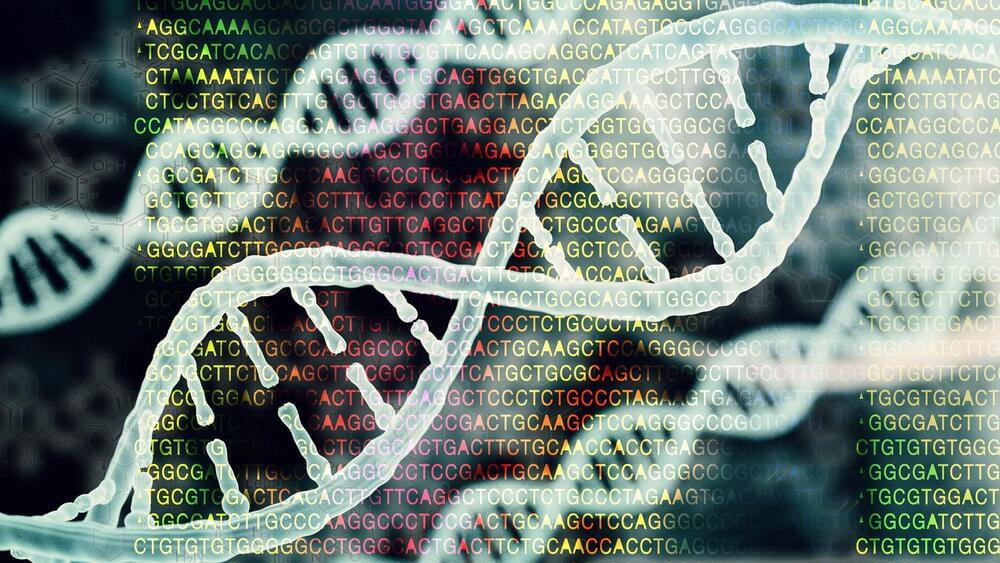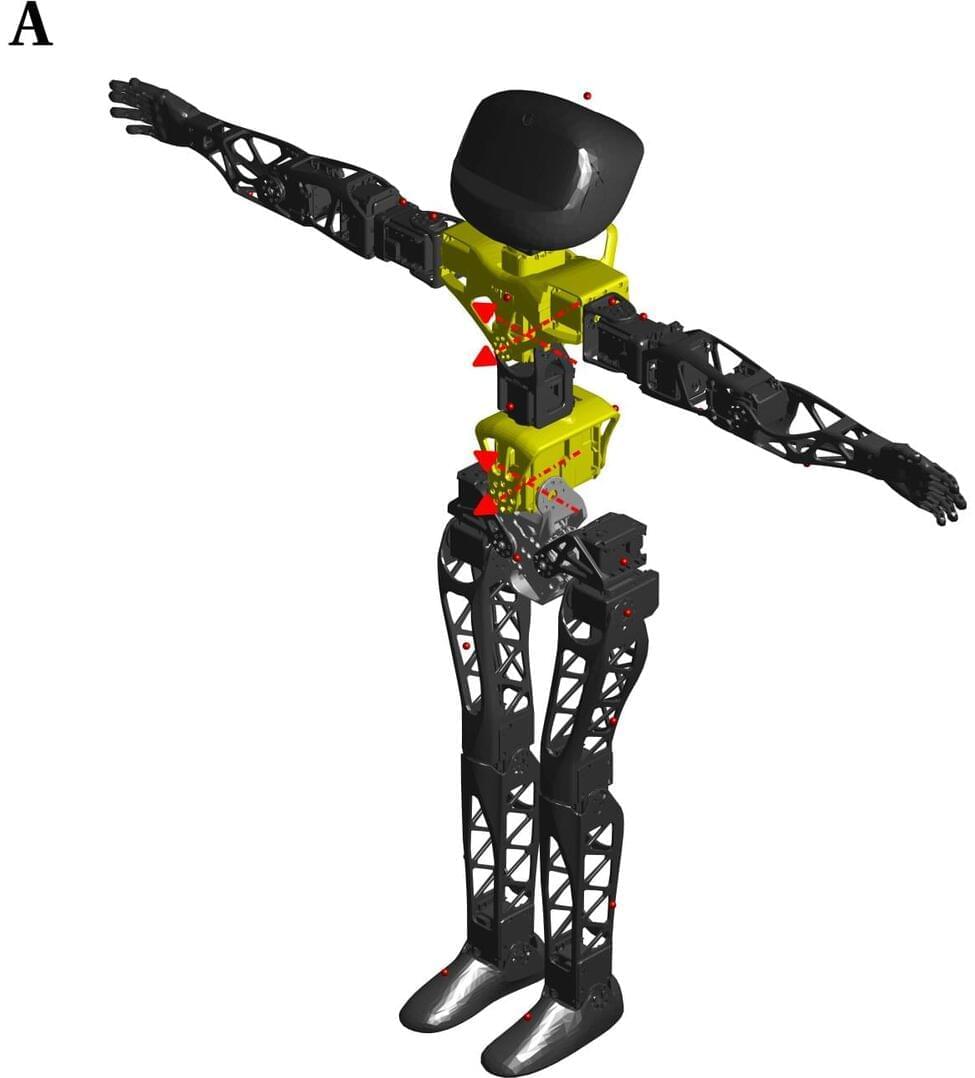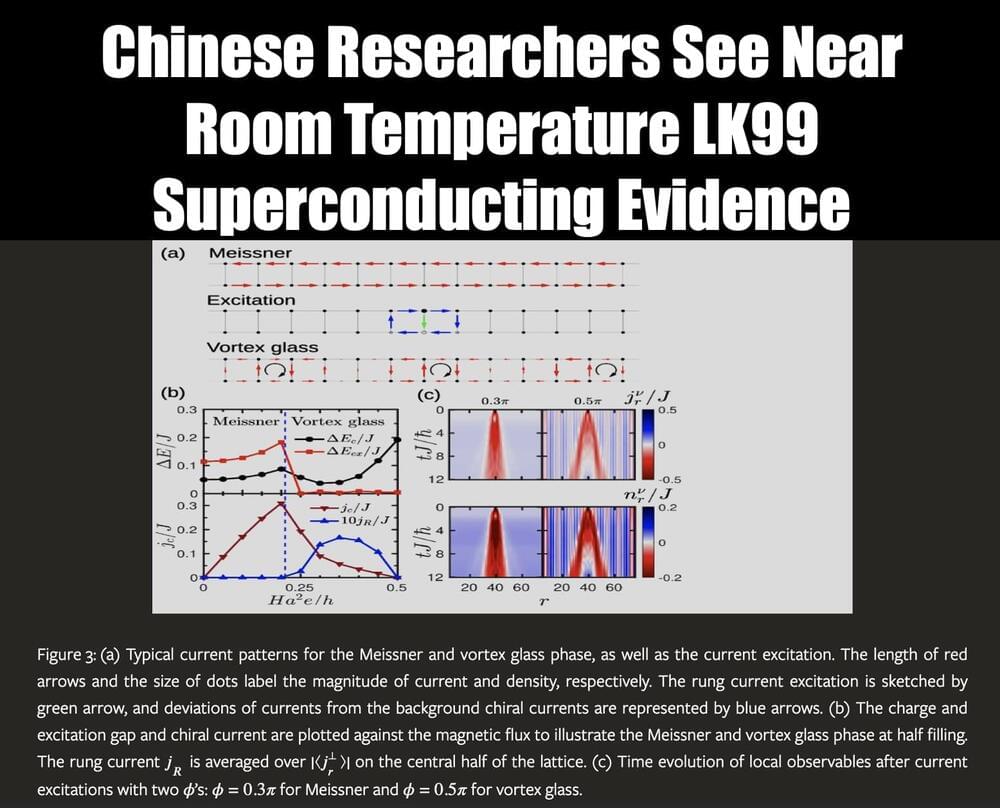Dec 20, 2023
New nuclear deflection simulations advance planetary defense against asteroid threats
Posted by Saúl Morales Rodriguéz in categories: asteroid/comet impacts, existential risks
Researchers at Lawrence Livermore National Laboratory (LLNL) have developed a modeling tool for assessing the potential use of a nuclear device to defend the planet against catastrophic asteroid impacts.
The research, published today in the Planetary Science Journal, introduces a novel approach to simulating the energy deposition from a nuclear device on an asteroid’s surface. This new tool improves our understanding of the nuclear deflection’s radiation interactions on the asteroid’s surface while opening the door to new research on the shockwave dynamics affecting the inner asteroid.
This model will allow researchers to build upon the insights gained from NASA’s recent Double Asteroid Redirection Test (DART) mission, where, in Sept. 2022, a kinetic impactor was deliberately crashed into an asteroid to alter its trajectory. However, with limitations in the mass that can be lifted to space, scientists continue to explore nuclear deflection as a viable alternative to kinetic impact missions.
